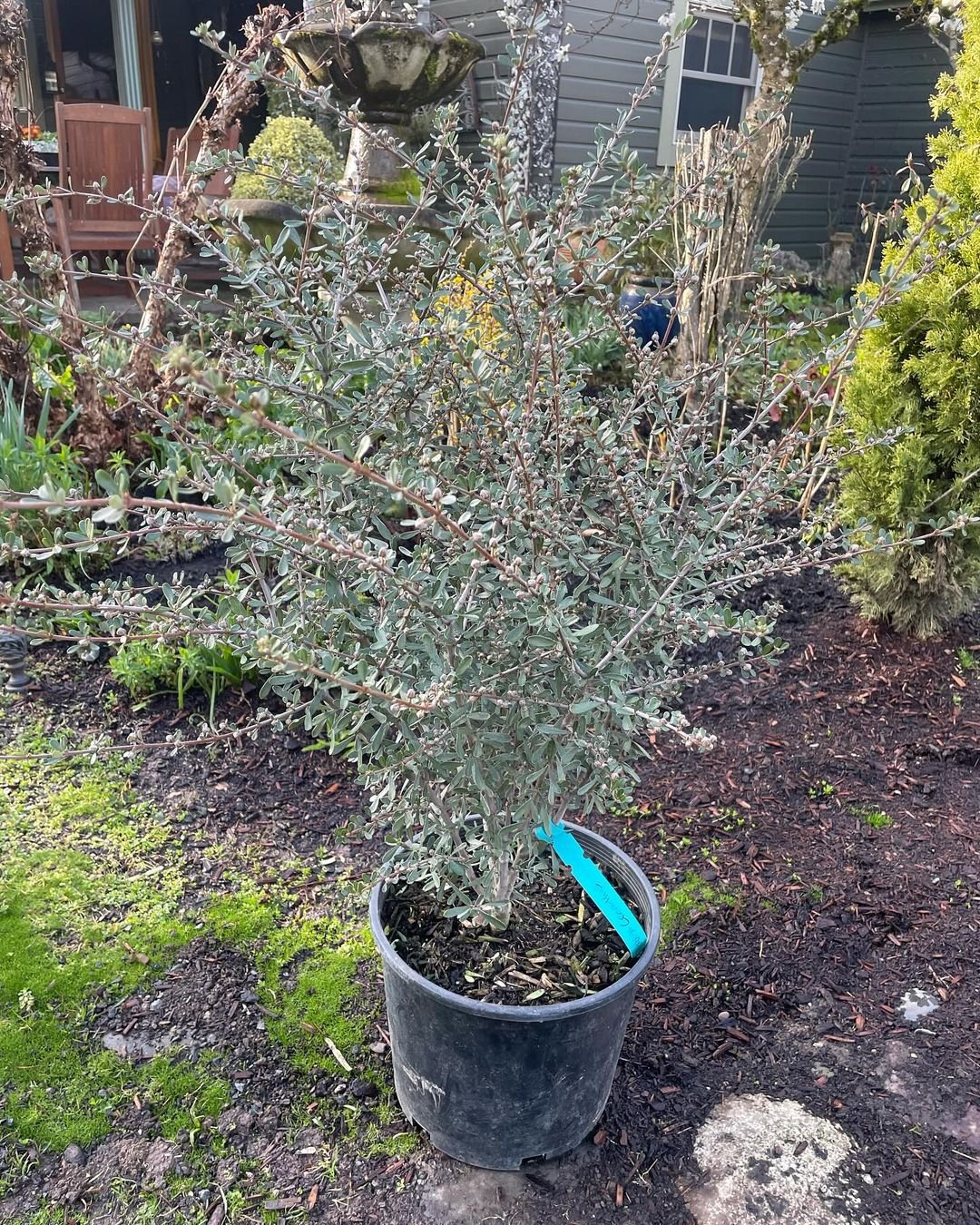Ceanothus are striking flowering shrubs that add tons of color to gardens. Our guide covers how to grow vibrant, healthy ceanothus through proper planting, watering, pruning and pest control.
Ceanothus, also called California lilac, are a genus of gorgeous evergreen shrubs beloved for their stunning spring flower displays. With loads of tiny, vividly-colored blooms clustered along the stems, they create an eye-catching burst in the landscape.
While native to western North America, ceanothus varieties can be grown across most of the United States with the right care. As relatively low-maintenance plants, they’re an excellent choice for adding long-lasting color and texture to sunny gardens and natural areas.
If you’re interested in growing these beautiful, deer-resistant shrubs, here’s everything you need to know about their planting, care requirements and potential issues.

Here’s a concise information chart about Ceanothus:
| Attribute | Information |
|---|---|
| Botanical Name | Ceanothus spp. |
| Common Name | California Lilac |
| Plant Type | Shrub |
| Zones | 7-10 (depending on species) |
| Sun Exposure | Full Sun to Partial Shade |
| Soil Type | Well-drained, sandy or loamy soil |
| Watering | Low to moderate water needs |
| Growth Habit | Compact to sprawling |
| Height/Spread | Varies by species, typically 3-10 feet tall and wide |
| Special Features | Profuse blue, purple, or white flowers in spring; drought-tolerant |
Planting Ceanothus

Ceanothus come in many sizes, from compact 2-3 foot shrubs up to large 10-12 foot mounds, depending on the variety. Choose an upright or spreading form based on your landscape design and space constraints.
They prefer full sun exposure to maximize flowering, though some taller types will tolerate partial shade. Avoid dense shade which can make growth sparse and leggy.
Well-drained, even poor quality soil is best for planting ceanothus. They’ll struggle in rich, fertile conditions which promotes excessive leafy growth instead of blooms. A slightly acidic to neutral soil pH around 6.0-7.0 is ideal.
When planting, dig a hole twice as wide as the root ball but equally deep. The top of the root mass should sit level with the surrounding soil line. Space multiple bushes about 6-10 feet apart, wider for larger cultivars.
Backfill firmly to prevent air pockets, then water thoroughly to compact the soil around the roots. Finally, apply a 2-3 inch layer of mulch like bark chips to retain moisture, keeping it pulled back from the main stem.
Ceanothus Care

Newly planted ceanothus need regular irrigation to get established, about 1-2 times per week depending on temperatures. Adjust frequency so the soil dries out slightly between waterings but doesn’t become completely dry.
Once the root system is developed after 6-12 months, ceanothus are extremely drought-tolerant and require minimal supplemental water except in periods of extreme dryness. Just be sure to maintain an even moisture level and avoid overwatering.
Fertilizing isn’t necessary in most cases as too many nutrients can cause excessive vegetation at the expense of flowering. An occasional spring application of a balanced, slow-release fertilizer can reinvigorate older, declining bushes though.
Pruning ceanothus is essential to encourage bushier growth and better blooming from year to year. After their stunning spring floral display, prune up to 1/3 of the older, interior stems all the way back to the base to stimulate new growth.
You can also lightly trim back the outside branches by a few inches after flowering to neaten the overall shape. Just avoid pruning in late summer through winter as it can reduce the following year’s blooms.
Finally, remove any dead, damaged or rubbing inner branches while pruning to allow better air circulation and light penetration into the center of these dense shrubs.
Problems to Watch For

Overall, ceanothus are quite resilient with good pest and disease resistance when planted in their preferred conditions. But there are still a few potential issues to be aware of.
Excess moisture from overwatering or poor drainage can lead to invasive root rot fungi like armillaria and phytopthora. Prevent by amending heavy soils with compost or gravel prior to planting to improve drainage.
Spider mites are a common ceanothus pest, creating webbing on the undersides of leaves and causing yellowing or stippled damage as they suck plant juices. Mites thrive in hot, dusty conditions. An strong spray of water helps dislodge and control light infestations.
Ceanothus stem gall is a weird fungal growth that creates lumpy swellings on the branches. While unsightly, it typically doesn’t kill the plant unless galls completely girdle stems. Prune off galls where possible.
With regular light pruning to promote interior airflow, most pest and disease troubles can be minimized on these shrubs. Their naturally compact, twisting branch structure also makes them less prone to issues.
Ceanothus Cold Hardiness
One important factor to consider when selecting ceanothus varieties for your region is their winter cold tolerance. Many cultivars originate from the mild western coastal climates and cannot handle harsh freezing conditions.
The most reliable choices for enduring temperatures down to 0-10°F are the Ceanothus x pallidus hybrids like ‘Marie Bleu’ and ‘Puget Blue’, along with Ceanothus thyrsiflorus types.
In colder climates, site ceanothus in a sheltered location to minimize exposure. You may also need to meticulously wrap them in burlap for added insulation against extreme cold snaps.
Even frost-hardy types can suffer dieback after frigid winters though. If this occurs, prune out all the damaged wood once warm spring conditions arrive to allow regrowth from the base.
Gorgeous, Easy-Care Flowering

No matter which cold-tolerant variety you select, ceanothus make an excellent addition to low-maintenance landscaping with their long-lasting flower power. These versatile shrubs can create beautiful informal hedges, colorful groundcovers, or eye-catching accent plants among other greenery.
With their deceivingly delicate blooms but rugged, drought-resistant nature, ceanothus provide brilliant long-lasting color with very little effort required. Give them a spot with excellent drainage and full sun, and be rewarded with an explosion of memorable spring blossoms year after year.
Pingback: Welcoming Front Gardens : Creative Design Inspirations